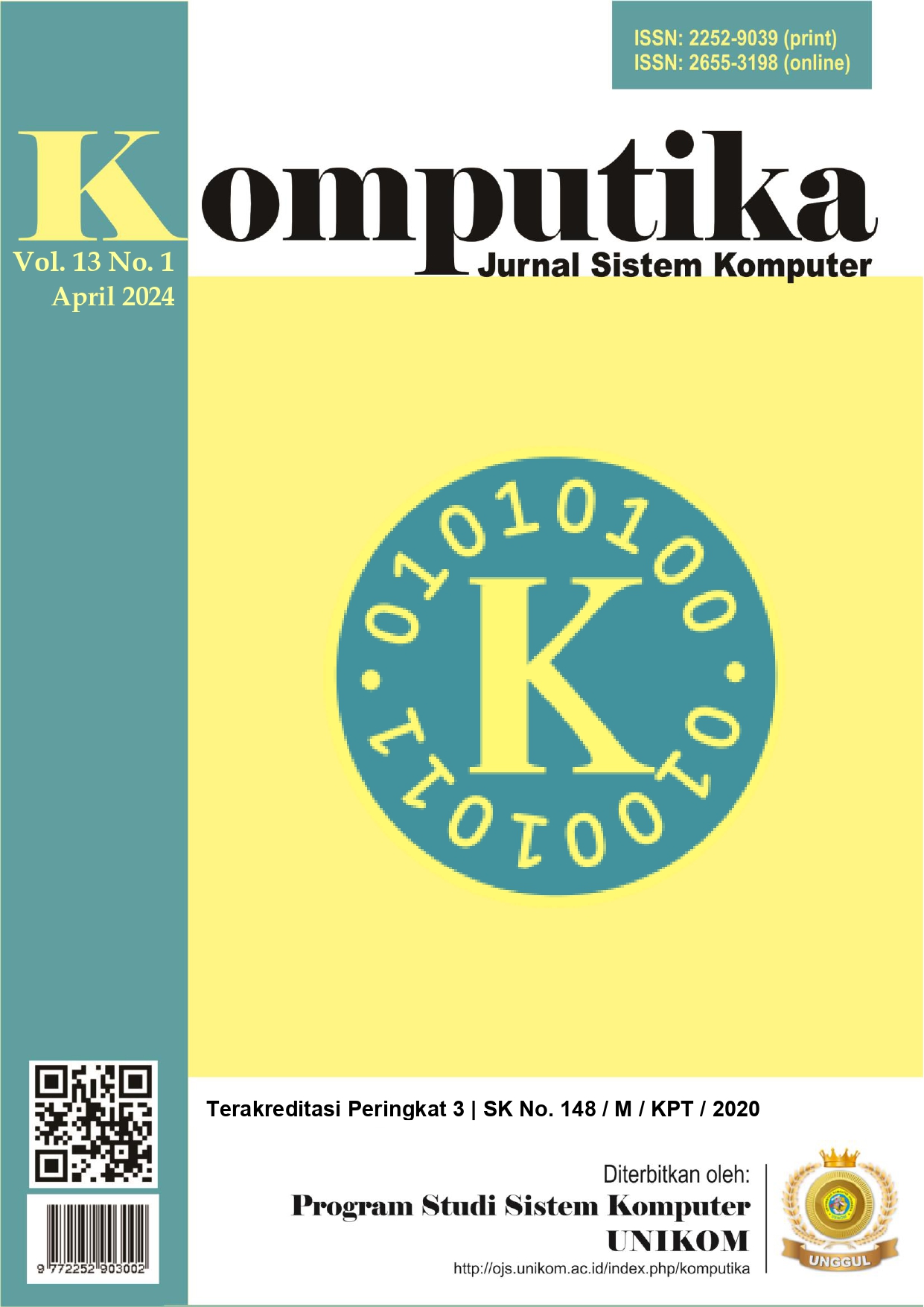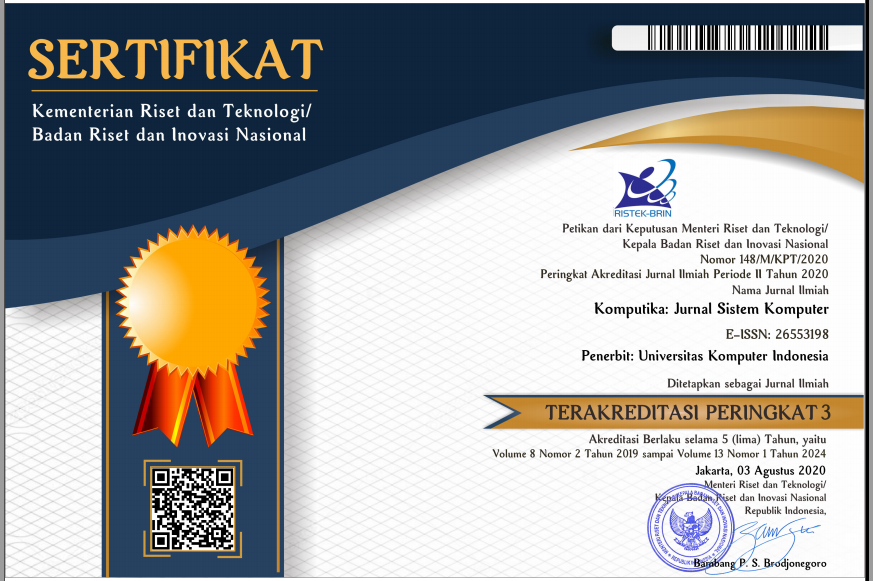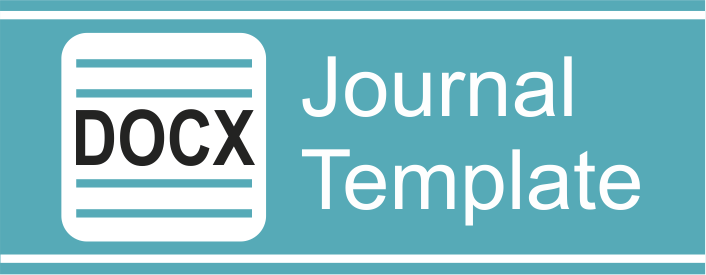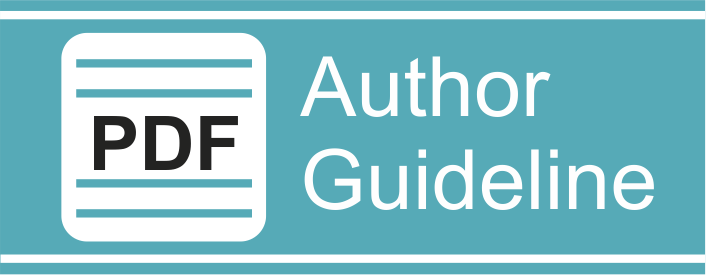Comparison Analysis of K-Means and K-Medoids in Grouping Provinces Based on Indonesian Democracy Index 2021
DOI:
https://doi.org/10.34010/komputika.v13i1.10812Abstract
The clustering method is one method in data mining and is useful in grouping observations that do not have a target / class. One of the analyses that can be done from this clustering is the grouping of 34 provinces in Indonesia based on aspects in the 2021 Indonesian Democracy Index (IDI). The aspects of the IDI include the Freedom Aspect, Equality Aspect, and the Capacity Aspect of Democratic Institutions. Clustering analysis needs to be done to determine the grouping of IDI aspects and their characteristics. The clustering methods used in this study are K-Means and K-Medoids. For the selection of the optimal number of clusters used Dunn Index, Silhouette Index, Calinski-Harabasz Index and Davies-Bouldin Index. To obtain the best model, a comparison is made using the ratio between average within (Sw) and average between (Sb). The results obtained are that there are 5 clusters in the IDI grouping using the K-Medoids algorithm because the ratio of Sw/Sb is smaller than K-Means. With this grouping, it is hoped that the government and related parties can utilize the results of this analysis in formulating policies and maintaining political stability in Indonesia.
References
Alfauzi, R., & Effendi, O. (2020). Pembatasan Kekuasaan Berdasarkan Paham Konstitusionalisme Di Negara Demokrasi. Politica: Jurnal Hukum Tata Negara Dan Politik Islam, 7(2), 111–133. https://doi.org/10.32505/politica.v7i2.1990.
BPS. (2022). Statistik Politik 2022.
Ghaisani, S. Y., Hikmah, N., Prasetyo, A. H., & Widodo, E. (2019). Analisis Cluster Hirarki Untuk Pengelompokan Provinsi Di Indonesia Berdasarkan Indikator Demokrasi Indonesia Tahun 2016. Prosiding Konferensi Nasional Penelitian Matematika Dan Pembelajarannya (KNPMP) IV, Idi.
Nurdiana, N., Nilogiri, A., & Rahman, M. (2022). Penerapan Algoritma Fuzzy C-Means dan Metode Elbow untuk Mengelompokkan Provinsi di Indonesia Berdasarkan Indeks Demokrasi Indonesia Application of The Fuzzy C-Means Algorithm and Elbow Method to Grouch Provinces in Indonesia Based on The Indonesian Democ. Jurnal Smart Teknologi, 3(5), 2774–1702. http://jurnal.unmuhjember.ac.id/index.php/JST.
Nasution, M., Ritonga, A. A., & Juledi, A. P. (2022). Implementasi Rapidminer dalam Mengklasifikasikan Indeks Demokrasi. Computer Science and Information Technology (JCoInT), 3(3), 99–106.
Umarani, J., Manikandan, S., Centre, D., & Nadu, T. (2020). Implementation of Data Mining Concepts in R Programming. International Journal of Trendy Research in Engineering and Technology. 4(1), 1–7.
Leprince, J., Miller, C., & Zeiler, W. (2021). Data mining cubes for buildings, a generic framework for multidimensional analytics of building performance data. Energy and Buildings, 248, 111195. https://doi.org/10.1016/j.enbuild.2021.111195
Ahmad, T., & Aziz, M. N. (2019). Data preprocessing and feature selection for machine learning intrusion detection systems. ICIC Express Letters, 13(2), 93–101. https://doi.org/10.24507/icicel.13.02.93.
Adjie, M. K. (2020). Penerapan Algoritma FP-Growth pada Hasil Penimbangan Kendaraan Angkutan Barang. UIN SUSKA RIAU.
Setiyani, L., Wahidin, M., Awaludin, D., & Purwani, S. (2020). Analisis Prediksi Kelulusan Mahasiswa Tepat Waktu Menggunakan Metode Data Mining Naïve Bayes : Systematic Review. Faktor Exacta, 13(1), 35. https://doi.org/10.30998/faktorexacta.v13i1.5548.
Luthfi, E., & Wijayanto, A. W. (2021). Analisis perbandingan metode hirearchical, k-means, dan k-medoids clustering dalam pengelompokkan indeks pembangunan manusia Indonesia. Inovasi, 17(4), 770–782. https://journal.feb.unmul.ac.id/index.php/INOVASI/article/download/10106/1437.
Sidik, A. D. W. M., Himawan Kusumah, I., Suryana, A., Edwinanto, Artiyasa, M., Pradiftha Junfithrana, A., Imamulhak, Y., & Putra, Y. (2022). Menerapkan K-Means Clustering untuk Segmentasi Gambar Database Berwarna. FIDELITY : Jurnal Teknik Elektro, 2(3), 57–61. https://doi.org/10.52005/fidelity.v2i3.116.
Abdulnassar, A. A., & R., N. L. (2023). Performance Analysis of Kmeans with Modified Initial Centroid Selection Algorithms and Developed Kmeans9 Model. Measurement: Sensors, 25. https://doi.org/https://doi.org/10.1016/j.measen.2023.100666
Mahmudan, A. (2020). Clustering of District or City in Central Java Based COVID-19 Case Using K-Means Clustering (Pengelompokan Kabupaten/Kota di Jawa Tengah Berdasarkan Kasus COVID-19 Menggunakan K-Means Clustering). Jurnal Matematika, Statiska Dan Komputasi, 17(1), 1–13. https://doi.org/10.20956/jmsk.v.
Sindi, S., Ningse, W. R. O., Sihombing, I. A., R.H.Zer, F. I., & Hartama, D. (2020). Analisis Algoritma K-Medoids Clustering Dalam Pengelompokan Penyebaran Covid-19 Di Indonesia. Jurnal Teknologi Informasi, 4(1), 166–173. https://doi.org/10.36294/jurti.v4i1.1296.
Sureja, N., Chawda, B., & Vasant, A. (2022). An improved K-medoids clustering approach based on the crow search algorithm. Journal of Computational Mathematics and Data Science, 3(March), 100034. https://doi.org/10.1016/j.jcmds.2022.100034
Sundari, S., Damanik, I. S., Windarto, A. P., Tambunan, H. S., Jalaluddin, J., & Wanto, A. (2019). Analisis K-Medoids Clustering Dalam Pengelompokkan Data Imunisasi Campak Balita di Indonesia. Prosiding Seminar Nasional Riset Information Science (SENARIS), 1(September), 687. https://doi.org/10.30645/senaris.v1i0.75.
Huang, Z., Yang, C., Chen, X., Zhou, X., & Gui, W. (2022). Time series clustering method with cluster validation to identify unknown local cell conditions in the aluminum reduction cell. Computers and Industrial Engineering, 174(2020), 108790. https://doi.org/10.1016/j.cie.2022.108790
Azzahra, A., & Wijayanto, A. W. (2022). Perbandingan Agglomerative Hierarchical dan K-Means dalam Pengelompokkan Provinsi Berdasarkan Pelayanan Kesehatan Maternal. SISTEMASI: Jurnal Sistem Informasi, 11(2), 481–495.
Manochandar, S., Punniyamoorthy, M., & Jeyachitra, R. K. (2020). Development of new seed with modified validity measures for k-means clustering. Computers and Industrial Engineering, 141(July 2019), 106290. https://doi.org/10.1016/j.cie.2020.106290
Khairati, A. F., Adlina, A. ., Hertono, G. ., & Handari, B. . (2019). Kajian Indeks Validitas pada Algoritma K-Means Enhanced dan K-Means MMCA. PRISMA, Prosiding Seminar Nasional Matematika, 2, 161–170. https://journal.unnes.ac.id/sju/index.php/prisma/article/view/28906.
Adedeji, P. A., Olatunji, O. O., Madushele, N., Akinlabi, S. A., & Adeyemo, J. A. (2022). Cluster-based wind turbine maintenance prioritization for a utility-scale wind farm. Procedia Computer Science, 200, 1726–1735. https://doi.org/10.1016/j.procs.2022.01.373
Ghaderi, H., Foreman, B., Nayebi, A., Tipirneni, S., Reddy, C. K., & Subbian, V. (2023). A self-supervised learning-based approach to clustering multivariate time-series data with missing values (SLAC-Time): An application to TBI phenotyping. Journal of Biomedical Informatics, 143(February), 104401. https://doi.org/10.1016/j.jbi.2023.104401
Muningsih, E., Maryani, I., & Handayani, V. R. (2021). Penerapan Metode K-Means dan Optimasi Jumlah Cluster dengan Index Davies Bouldin untuk Clustering Propinsi Berdasarkan Potensi Desa. Jurnal Sains Dan Manajemen, 9(1), 95–100. https://ejournal.bsi.ac.id/ejurnal/index.php/evolusi/article/view/10428/4839.
Ouertani, M. W., Manita, G., & Korbaa, O. (2022). Automatic Data Clustering Using Hybrid Chaos Game Optimization with Particle Swarm Optimization Algorithm. Procedia Computer Science, 207, 2677–2687. https://doi.org/10.1016/j.procs.2022.09.326
Millati, K., Suhaeni, C., & Susetyo, B. (2021). Penggerombolan Daerah 3T di Indonesia Berdasarkan Rasio Tenaga Kesehatan dengan Metode Penggerombolan Berhierarki dan Cluster Ensemble. Xplore: Journal of Statistics, 10(2), 197–213. https://doi.org/10.29244/xplore.v10i2.744.



















